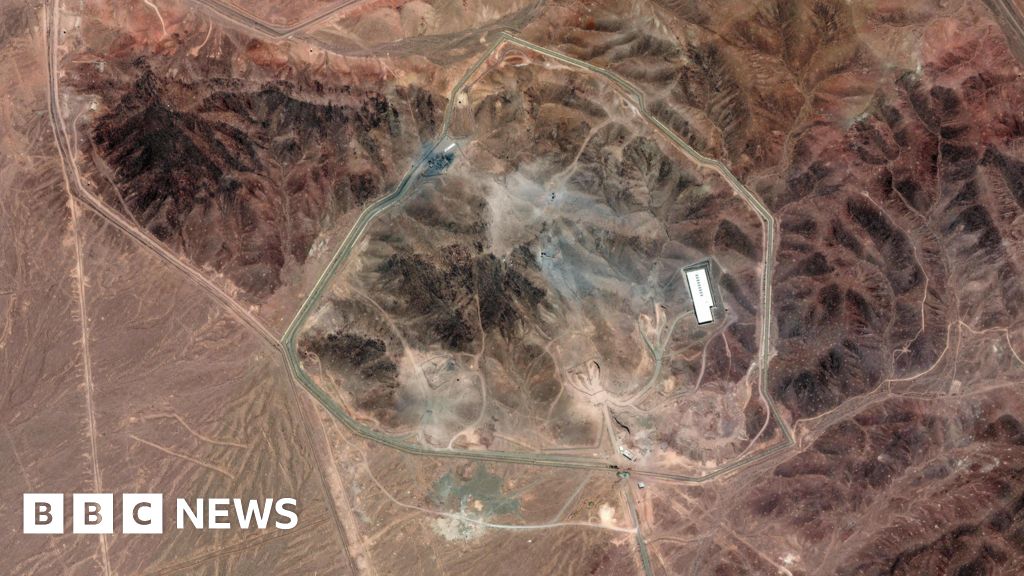The integration of data science into electrocatalysis has significantly advanced the discovery of high-performance catalysts for sustainable energy applications.
A recent article, led by Hao Li from Tohoku University’s Advanced Institute for Materials Research (WPI-AIMR), has reviewed the state of this phenomenon. The findings are published in the Journal of Catalysis.
“Our main finding was that the combination of low-dimensional data science, based on density functional theory (DFT) descriptors, and high-dimensional analytics powered by large-scale computational datasets and machine learning (ML), is accelerating the design of next-generation electrocatalysts. The approach also provides deeper insights into the structure-property relationships of catalysts, enabling faster and more efficient discovery processes,” Li states.
DFT-derived parameters have traditionally been used to establish predictive volcano models for electrochemical reactions, linking atomic-scale descriptors to macroscopic performance. This low-dimensional approach has been crucial in understanding the relationship between catalyst structures and their electrochemical performance. However, the expansion into high-dimensional data science, supported by large-scale datasets and ML techniques, is enhancing the ability to decipher more complex structure-property relationships.

Machine learning potentials (MLPs) are emerging as a key technology in this shift, bridging quantum precision with computational scalability. MLPs accelerate thermodynamic adsorption energy calculations and allow for more efficient simulations of dynamic catalytic mechanisms. As a result, MLPs are expected to play a central role in the future design of electrocatalysts, addressing some of the challenges currently limiting catalyst development.
A crucial aspect revealed in the paper was the integration of theoretical insights, computational efficiency, and experimental validation. By connecting these elements, the design of electrocatalysts for critical energy applications such as fuel cells, electrolyzers, and batteries is being accelerated, thus contributing to the global transition to sustainable energy solutions. The authors also discussed the Digital Catalysis Platform (DigCat), the largest experimental catalysis database and digital platform to date developed by the Hao Li Lab.
Li adds, “Data science is reshaping how we approach the design of electrocatalysts. By leveraging computational models and machine learning techniques, we are not only improving the efficiency of catalyst discovery but also enhancing their performance in real-world applications.”

Looking ahead, these developments promise breakthroughs in catalyst design, making clean energy technologies more affordable and accessible. This work paves the way for the creation of catalysts capable of replacing fossil fuel-based energy systems, helping to reduce dependence on non-renewable resources.
More information:
Xue Jia et al, Advancing electrocatalyst discovery through the lens of data science: State of the art and perspectives, Journal of Catalysis (2025). DOI: 10.1016/j.jcat.2025.116162
Citation:
Advancing electrocatalyst discovery through the lens of data science (2025, May 8)
retrieved 8 May 2025
from
This document is subject to copyright. Apart from any fair dealing for the purpose of private study or research, no
part may be reproduced without the written permission. The content is provided for information purposes only.

















